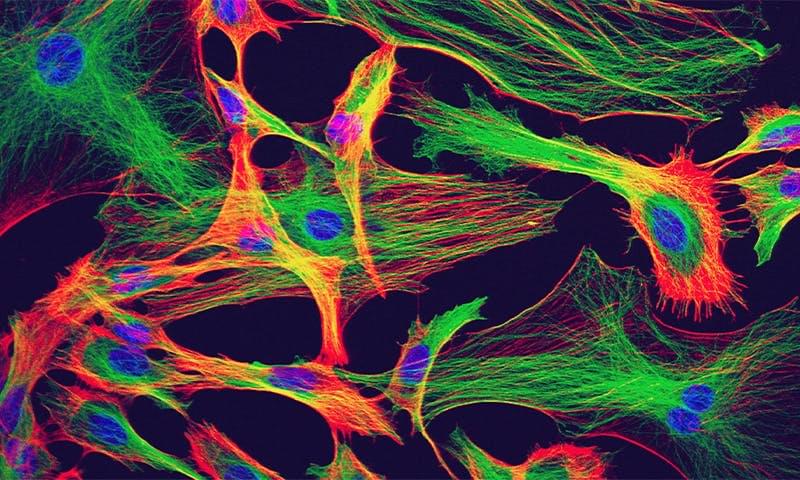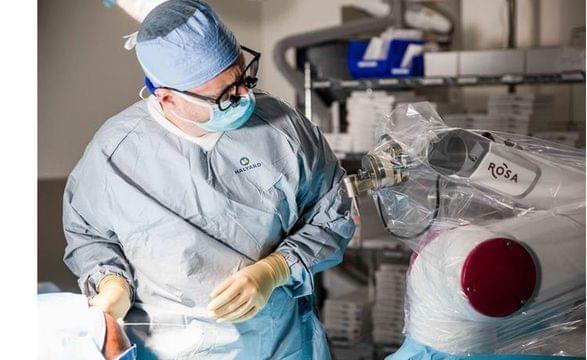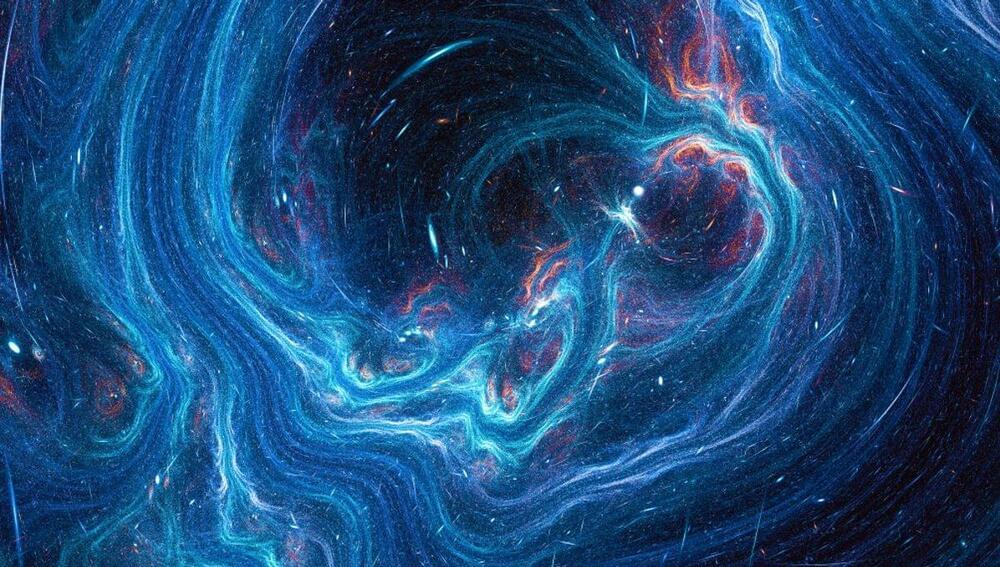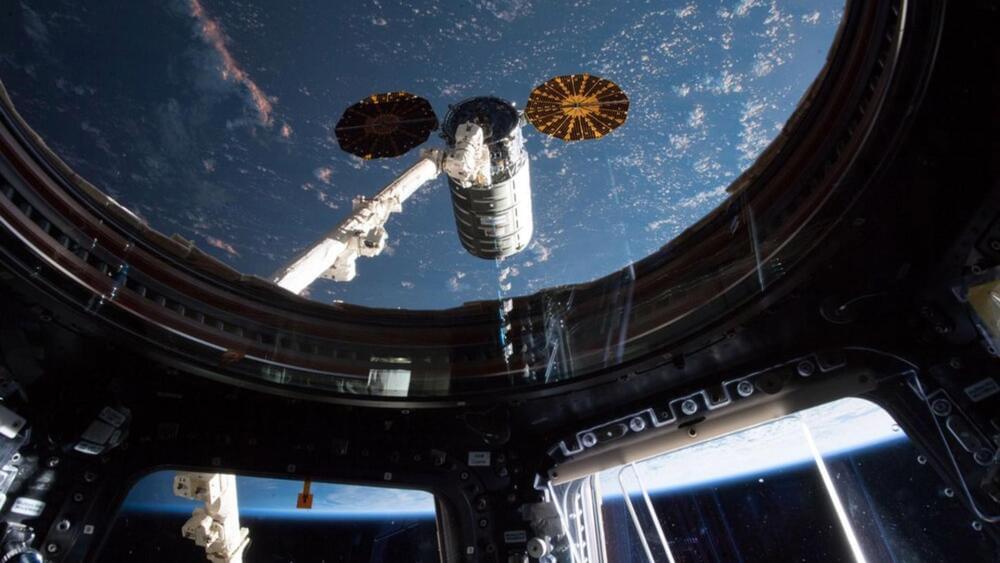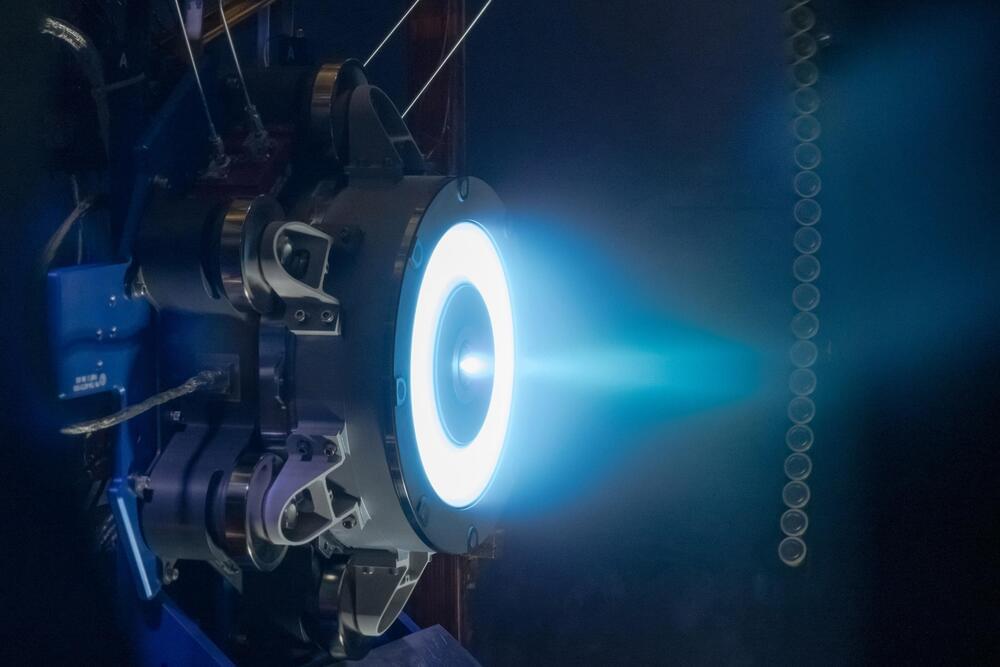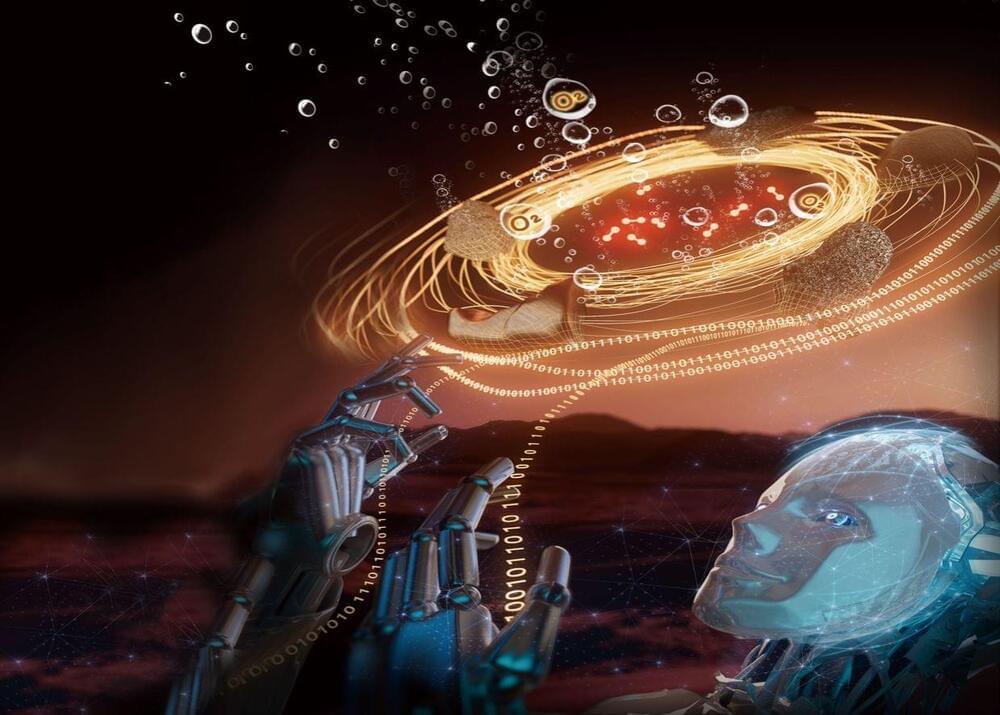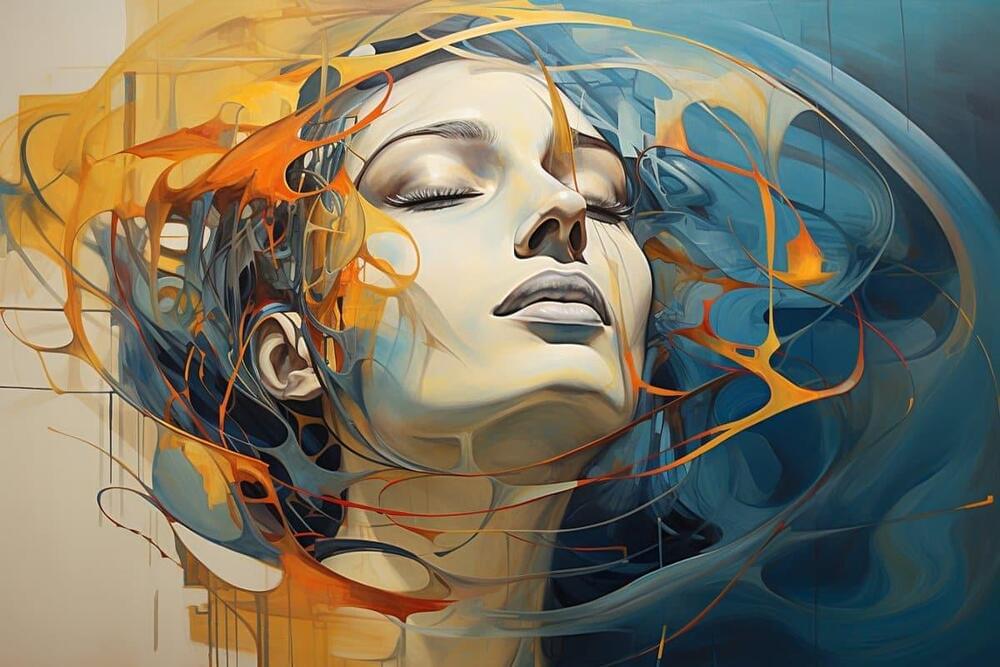Nov 19, 2023
These Cells Spark Electricity in the Brain. They’re Not Neurons
Posted by Dan Breeden in categories: biotech/medical, chemistry, neuroscience
Abrain is nothing if not communicative. Neurons are the chatterboxes of this conversational organ, and they speak with one another by exchanging pulses of electricity using chemical messengers called neurotransmitters. By repeating this process billions of times per second, a brain converts clusters of chemicals into coordinated actions, memories, and thoughts.
Researchers study how the brain works by eavesdropping on that chemical conversation. But neurons talk so loudly and often that if there are other, quieter voices, it might be hard to hear them.
